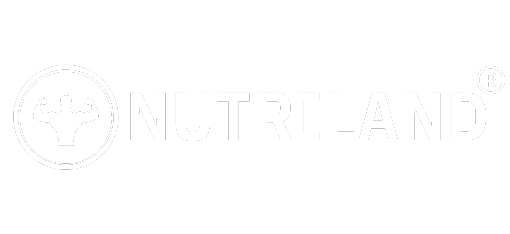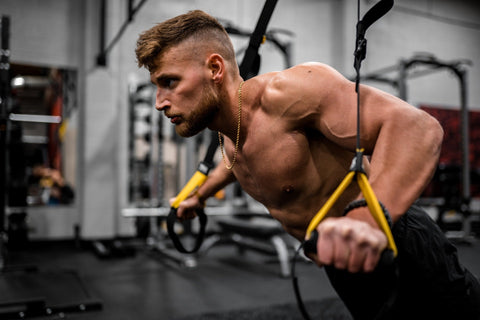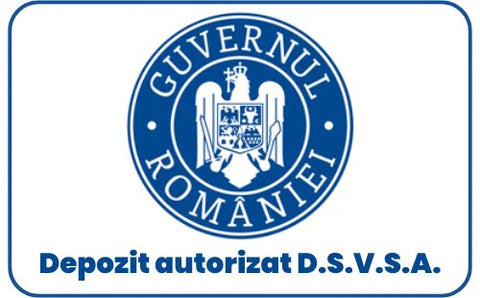
It can be a challenge to start a training program. Creating a balanced routine, setting goals and making time for regular exercise requires ambition and discipline. Although it seems easy, it is not at all, especially since superficiality has no place here. Add to all this muscle fever, so that the tableware is complete, and the convenience might cause you some discomfort. Many give up at the first symptom of muscle fever, which makes adapting to the new one a little more difficult, but we hope, not impossible.
Moreover, any kind of intense physical activity, especially if it is not known by the body, causes muscle pain. What are these and especially what are the remedies for muscle fever? Here is an important guide that you should remember.
CONTENTS:
2. What are the causes of the occurrence of muscle fever and aspects that you must take into account
3. Important remedies to treat muscle fever
1. What is muscle fever?
When we do physical exercises, the muscles go through a physical stress. Anyone can experience muscle pain, even people who exercise regularly and are in extremely good shape. We cannot deny that muscle pain can be uncomfortable and disruptive. The good news is that it usually disappears within a few days. In the specialized literature, muscle pain is a side effect of the stress exerted on the muscles when you do exercises and physical training. It is also called delayed onset muscle soreness or DOMS and is completely normal.
DOMS usually appears 6-8 hours after a new activity or a change in activity and can last up to 24-48 hours after training. According to the American College of Sports Medicine, muscle fever signals that damage has been caused to the muscle tissue, and when this damage or micro-rupture occurs, the human body initiates the repair process by triggering inflammation in the damaged area.
2. What are the causes of muscle fever?

Some muscle pain after training is a good omen, but it is important that it does not last too long. You definitely want to minimize the symptoms of muscle fever, because many studies in the field have shown that chronic inflammation can lead to chronic diseases. At the same time, muscle fever can be good, because a certain degree of inflammation is an important signal for muscle growth and repair. Therefore, many specialists are of the opinion that the unbearable muscle fever must be kept under control, the muscles having the ability to repair themselves and grow harmoniously, easily recovering from the fever caused by training.
Muscle fever symptoms:
- pain
- painful spasms
- muscle swelling
- minimized body flexibility
Physiotherapists warn that muscle fever and its intensity depend to the greatest extent on how difficult the training was. Thus, if you worked hard at the gym, it is possible that muscle fever lasts more than three days. At the same time, it doesn't have to hurt for the exercises to have results, so it's a common myth that muscle fever shows how well you've trained.
The workouts that include eccentric exercises, especially if you haven't warmed up, are more likely to leave you with some problems the next day. Strength exercises have two obvious phases: concentric (the phase in which the muscle shortens, usually the lifting part) and eccentric (the phase in which the muscle lengthens, usually the lowering part). The eccentric phase is where the tears are actually created in the muscle fibers and is also where the muscles work at their peak.
By the way, did you know that there are several types of muscle fever?
- delayed onset muscle soreness or DOMS mentioned above
- acute muscle pain
- actual injury
Acute muscle pain refers to that type of burning you feel while exercising. Although very painful muscle fever does not pass in a second, but in days, you will definitely experience acute muscle pain during training. Thus, you will feel how the tension in the muscles "works", that is why it is extremely important to use supplements before training that have innovative and effective formulas. Especially if you have been doing sports for a long time, you understand the need for training supplements , which are key products in the world of fitness.
Muscle fever and acute muscle pain tend to cover the whole body, they seem more "global" than a real injury. It is essential to make the difference and to make the correct difference between them. In the case of a real injury, the pain and discomfort tend to be more concentrated in a certain area, more specific and sharper in intensity. If the place bruises, swells from one day to the next and the pain is getting worse, lasting more than a week, it is necessary to go to the hospital and thoroughly investigate the problem.
3. Important remedies to treat muscle fever
The bad news is that there are no immediate solutions to relieve and eliminate muscle fever, but there are some remedies or strategies that you can use to ease the pain and help with recovery. Including, prevention of muscle fever can be met using the following steps. Here, then, is what you should know:
Maybe it's obvious, but hydration is the first and most important step to treat muscle fever. Water keeps fluids moving, which eases inflammation, removes toxic substances and provides nutrients for muscles. The problem is that it can be difficult to know if and when you are dehydrated, because you will probably become dehydrated before feeling thirsty. The color of the urine gives a good indication and it would be good to follow it: dark yellow signals dehydration, while pale yellow means that you are hydrated. It is recommended to drink enough water before training, as well as after, the water bottle being near you.
Myofascial release is a method used to release tension from muscles and connective tissues that helps move fluids that accumulate in muscles after exercise. A study published in the International Journal of Sports Physical Therapy in 2015 found that using a foam roller can help increase range of motion and reduce muscle soreness after each workout. Foam rolling, as well as other types of massage, increases blood circulation to deliver more nutrients and oxygen to affected areas of the body.
You can speed up the recovery process if you eat right. Thus, it would be good to introduce up to 40 grams of protein and up to 40 grams of carbohydrates into your diet approximately 30 minutes after an intense or long workout (one that lasts an hour or more). You don't have to go out of your way to cook a whole meal, but a portion of Greek yogurt with a handful of berries and a spoonful of honey is a perfect option for a snack. You don't even need anything else!
Protein is important for the necessary amino acids that rebuild muscles, while carbohydrates play the main role in replenishing the fuel reserves consumed during training, specifies a study on the timing of nutrients published in 2017, in the Journal of the International Society of Sports Nutrition.
Also, fruits and vegetables provide the body with vitamins and minerals, such as zinc and vitamin C, which are so necessary for the healing of muscle tissues.
Sleep is essential for several reasons and is one of the most important components of recovery after physical exertion. It may not have an immediate effect on relieving muscle fever, but it definitely helps. It increases protein synthesis and encourages the creation of new proteins, a step that is necessary to repair damaged muscles.
Tense muscles need to rest, but that doesn't mean you don't have to get out of bed for a whole day. An easy walk in the park or by bike, an easy yoga class. pilates or even a light resistance training are solutions for taming muscle fever. The key is not to do another intense workout using the same muscle groups on subsequent days. That's why, on a scale of effort from 0 to 10 (where 10 represents maximum intensity), aim for an effort level of 3 and don't stretch yourself more than necessary.

Also, the use of muscle recovery supplements and careful attention to the challenges that physical training offers are two important aspects to take into account regardless of whether you are at the beginning of the road in the healthy world of sports or not.
Material sources:
Photo source: Unsplash.com






Comments (0)
There are no comments for this article. Be the first one to leave a message!